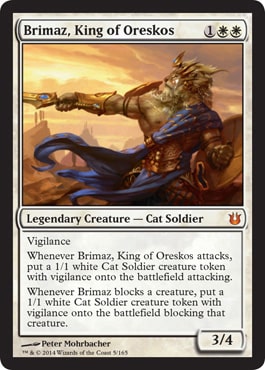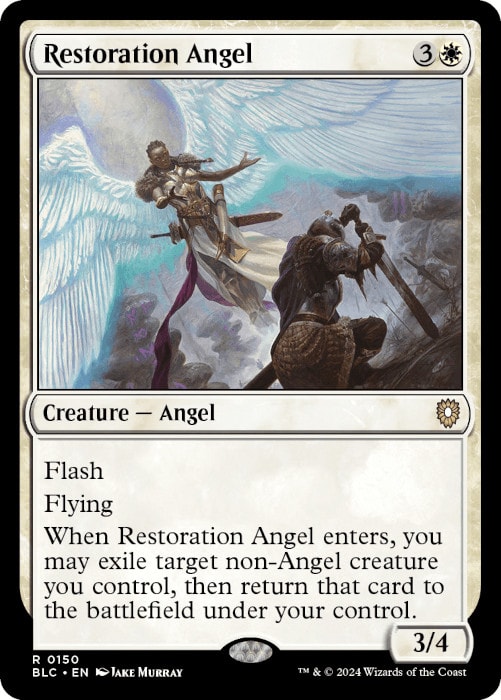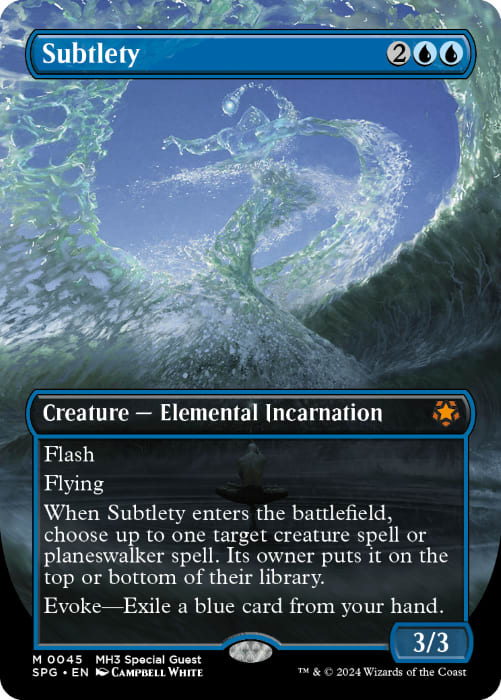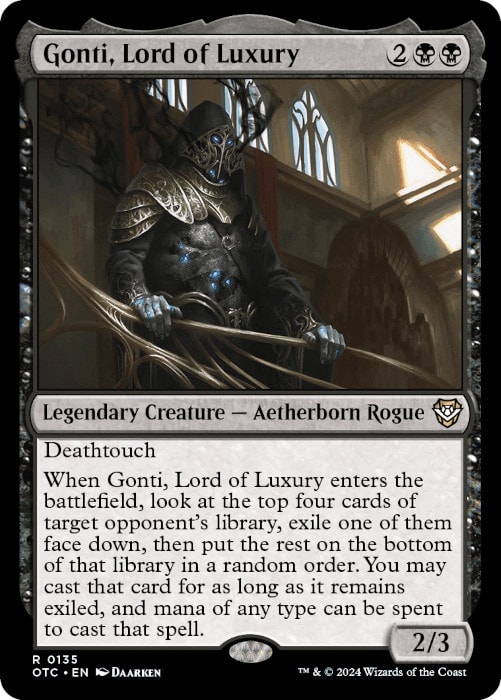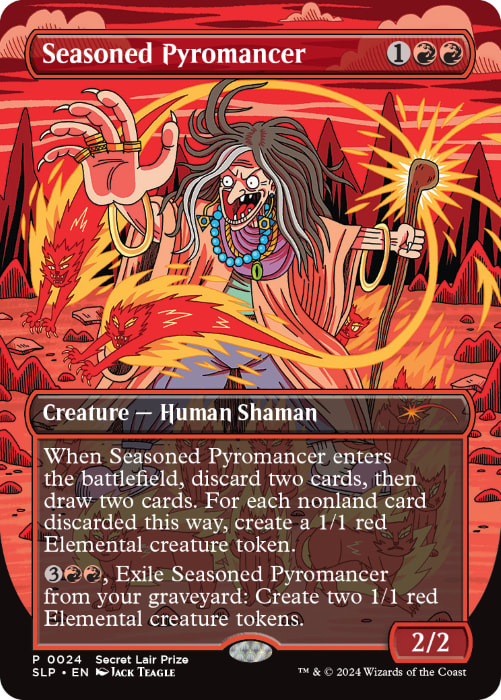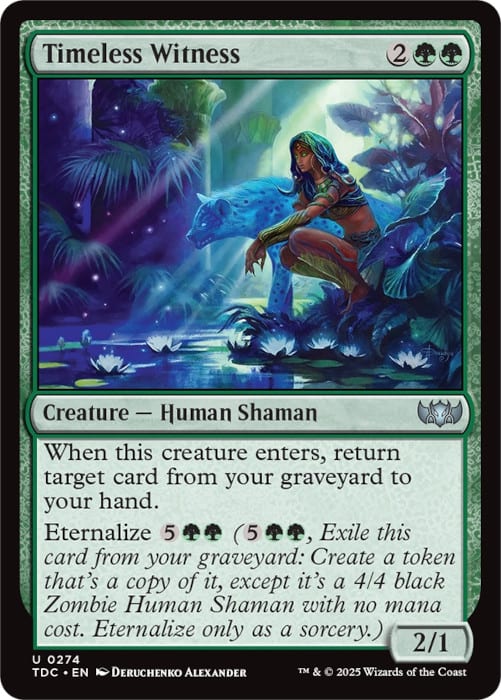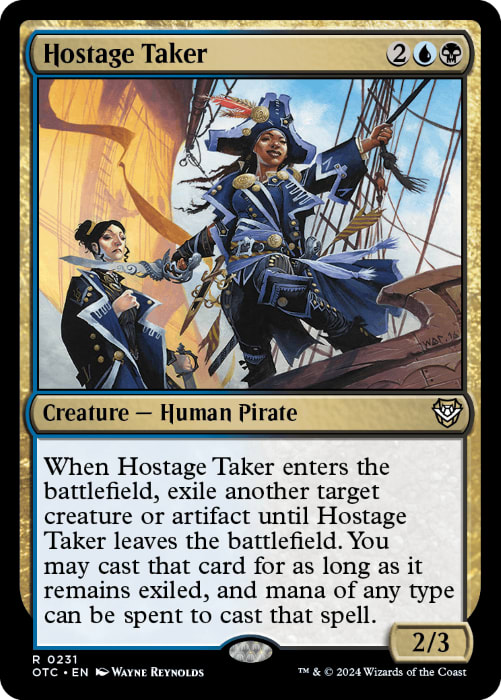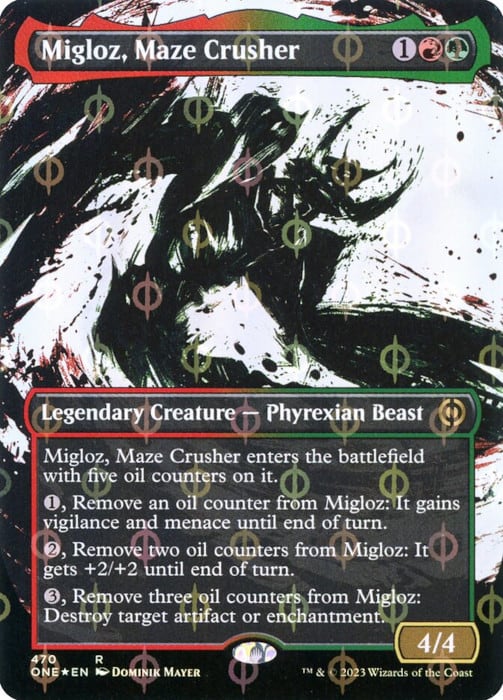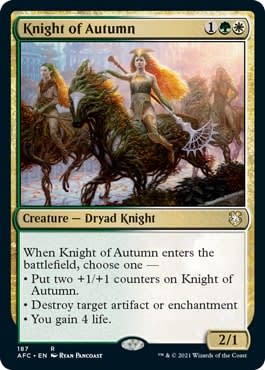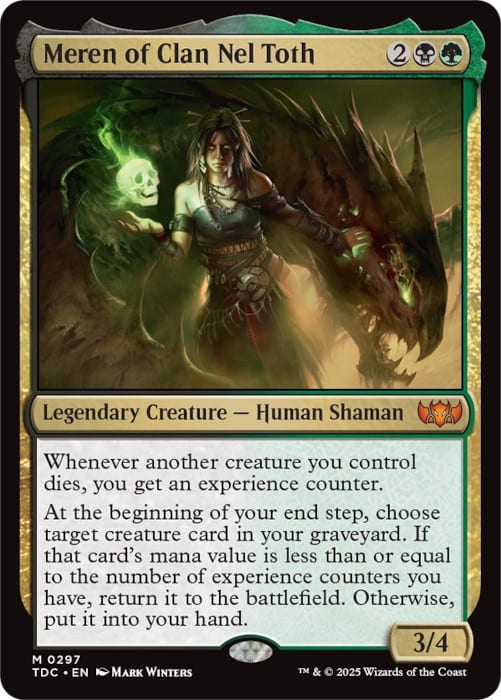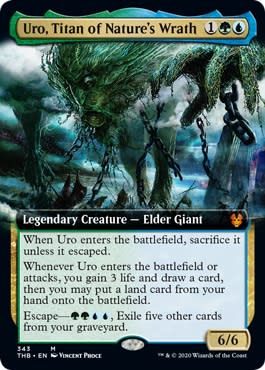Hello and welcome back to another edition of "Cube Stuff Inc." Today we are building on the Comprehensive Cube Archetype List by discussing the Theater of Midrange. This broad topic will serve as the foundation for future, more specific articles on Midrange archetypes, and is a great tool for anyone looking to build their first Cube. Because Midrange is a more fluid concept than Control, Aggro, and Combo/Synergy, let's begin by defining it for the sake of future conversations and talking about a few ways that you can better support Midrange players in your cube.
Flexibility
There is a popular theory in Magic: the Gathering that every game has an aggressor and a stabilizer. In short, one player wants to push the action because they currently have the advantage and the other player wants to slow things down so they have time to stabilize and gain the upper hand. This dynamic is clearly defined between an Aggo player and a Control player, and once the issue has been forced it is very hard for either strategy to adapt. Rather than focusing on a linear strategy, Midrange gets its first distinction by adopting a more flexible game plan that allows a player to easily pivot between being the aggressor and the stabilizer based on the matchup and current board state.
Individual Card Quality
The second defining characteristic of a Midrange deck is its focus on individual card quality over synergy. As mentioned in the previous article on Combo/Synergy decks, cards are defined as enablers or payoffs that allow you to bend and sometimes break the rules of Magic. Midrange decks care less about how cards interact with one another and more about how their cards perform in a vacuum. Take Waste Not for instance, if you built a deck that synergized around discard effects, you'd play Raven's Crime, Divest, or even Mind Peel. However, a Jund Midrange deck might play a singular discard effect like Thoughtseize without worrying about potential synergies because it disrupts multiple card types and gives you knowledge about your opponents game plan.
The reason a Midrange player includes a card is because it is powerful on its own. Let's say you have Sheoldred, the Apocalypse in your Rakdos deck and are passed a pack with Wheel of Fate and Lightning Bolt. The combination of Sheoldred, the Apocalypse and Wheel of Fate is usually enough to win the game, but is only useful if you can find both pieces and sequence them correctly. Lightning Bolt on the other hand is a generically good card that is useful at every stage of the game, and the better choice for a Midrange Deck.
Tool Boxes
If an Aggro deck is a knife, Control decks are a time bomb, and Combo/Synergy decks are a gun that you need to assemble, Midrange decks are a toolbox in your garage. Sure, most things in that toolbox would be effective at hurting someone, but they also provide specific answers to specific problems. Though it is not always the case, Toolbox style decks usually fit into the Midrange Theater and combine the concepts of power and flexibility to ruin your opponents day. Abzan Midrange is personally my favorite Theater to play in for this exact reason. Cards like Eladamri's Call allow me to fill my deck with silver bullets that allow me to adapt to my opponents strategy. Am I playing against a graveyard deck? I'll grab Scavenging Ooze. Are they doing Kiki-Jiki Combo? Thalia, Heretic Cathar would prefer it if you didn't. Using fetchlands? It sure would be a shame if I cast Opposition Agent.
Multicolored Cards and Mana Fixing
Multicolored cards are historically the place where WotC feels the most comfortable pushing the envelope in terms of what cards are allowed to do at certain mana costs. Because Lightning Helix is harder to cast than Lightning Strike they are able to give it some added upside. The going rate for a 3/3 creature is roughly 3 mana, but if you make each one of those mana symbols different you can print cards like Leovold, Emissary of Trest.
Because they care more about individual card value, Midrange is the common home for these slightly pushed cards. If you want to see your players splashing into multiple colors to pick and choose the best abilities and effects for their deck you need to do two things. First, make sure you include enough multicolored cards in your list. If there isn't an enticing number of power multicolored cards then your midrange players might not have a chance to see them. Secondly ensure that you have enough mana fixing so those strategies can actually work. Whether it is Fabled Passage or Coalition Relic give them the chance to actually splash and cast those fun multicolored cards.
Mana Curve
Last but not least, let's discuss where Midrange falls into the mana curve. As the name implies, this strategy is smack dab in the middle of Aggro and Control decks. So let's finish this article with a list of fun three and 4 mana creatures that have homes in multiple decks but will always be welcome in a Midrange strategy that just wants to play the best of the best.
As always I can be reached on Instagram, if you have any questions or want to suggest which Archetype we talk about next. Until then, Happy drafting!
Check out the other articles in this series here: The Comprehensive Guide to Cube Archetypes
















